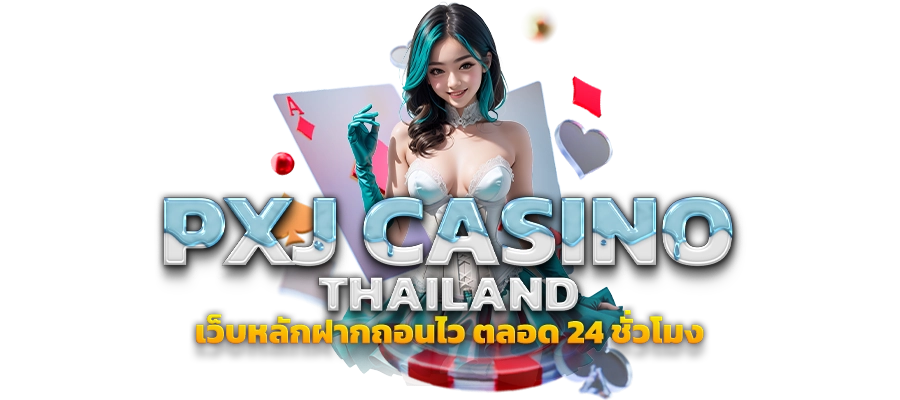ทางเข้า PG Slot ที่เว็บตรง Auto สำหรับมือถือ 168 ที่ให้คุณสนุกกับการเล่นสล็อตที่คุณชื่นชอบ ดาวน์โหลดสล็อตเพื่อเข้าร่วมในความสนุกและโอกาสในการชนะรางวัลใหญ่. ทางเข้าpg มือถือ , ทางเข้าpg slot , ...ทางเข้า PG SLOT สล็อตPGแท้ ผ่านมือถือ slot auto. ทางเข้า PGSLOT เปิดโลกให้แด่คุณผู้เล่นอย่างสม่ำเสมอตลอดทั้งปี ทางเข้าpg slot มือถือ อะไรที่ยากยาก ...สล็อตpgแท้ Pg slot ทางเข้าpg slot auto 168 ทางเข้าpg มือถือ เว็บสล็อตใหม่ล่าสุด อยากเล่นเกมสล็อตที่แตกง่ายทุกเบท เข้าฟรีสปินบ่อย งบน้อยก็เล่นได้ คุ้มค่าสุดๆ เล่น WY88 สิ รับรองไม่ผิดหวัง ...เว็บเรานำเข้าค่าย pgslot โดยตรง เกมสล็อตเว็บตรงของแท้ ไม่ผ่านเอเย่นต์ ตรวจสอบได้ จึงทำให้มีคุณภาพมีระบบเสถียร มีการออกรอบรางวัลที่ดีมั่นคงและโปร่งใส กล้าการันตีว่าไม่มีการล็อคผลรางวัลอย่างแน่นอน ...สล็อตเว็บตรง PG SLOT ทางเข้า เว็บสล็อตออนไลน์ เว็บใหญ่ ไม่ผ่านเอเย่นต์ สมัครเลย ... แท้ + ยอดนิยม สล็อตpg เกมส์ + เว็บpg โดยตรง บาคาร่า + และมีโปรโมชั่นมากมาย pg ...เว็บสล็อตออนไลน์ อันดับ 1 ค่าย pg สล็อตเว็บตรง ในปี 2023 pgslot เว็บตรง ไม่ผ่านเอเยนต์ ไม่มีขั้นต่ำ มีโปรโมชั่นมากมาย มีโบนัสแจกเครดิตฟรีตั้งแต่สมัครครั้งแรกที่สมัคร แตกบ่อยที่สุดจ่ายหนัก ...pg slot ทางเข้าเว็บตรงไม่ผ่านเอเยนต์ไม่มีขั้นต่ำ | รวมเกม สล็อต pg ของแท้ที่ดีที่สุดที่ให้คุณฝากถอนด้วยระบบ pg wallet 24 ชั่วโมง เล่นเกมสล็อต pg ใหม่ล่าสุดฟรีที่นี่. ufa16 เครดิตฟรี , 16 เข้าสู่ ...... slot , รับโปรโมชั่นกับ pg เว็บตรง รับ , ทดลองเล่นฟรี ทดลองเล่นสล็อตทุกค่ายpg ... แท้ , ก็สามารถทำกำไรได้ถึงหลักหมื่นพันหลักหมื่นแน่นอน ไม่พลาดโอกาสดีๆแบบนี้ ...สมัครกดลิงค์ . pg slot เว็บใหม่ , pgทางเข้า ,สล็อต เว็บใหญ่ , เว็บพนันออนไลน์ , เว็บตรงไม่ผ่านเอเย่นต์ , pg slot , เว็บหลัก , ...ยกตัวอย่างเช่น PG SLOT เว็บตรง (ค่ายเกมพีจีสล็อต) เป็นต้น ข้อดีของเว็บสล็อต PG ที่เป็นเว็บตรงของแท้ ไม่ผ่านเอเย่นต์ คือ ระบบฝากถอนไม่มีขั้นต่ำ มีความปลอดภัยระดับสูง มีระบบทรูวอเลท ที่สำคัญคือระบบ ...PGทางเข้าสล็อตแตกง่าย พร้อมโปรโมชั่นดีที่สุด - คาสิโนออนไลน์ - pgทางเข้า สล็อต แตกง่าย. คาสิโนออนไลน์ ฟรี ทางเข้าpg , login slot pg slot , ฟรี ทางเข้าpg เว็บ ...pg slot ทางเข้าเว็บตรงไม่ผ่านเอเยนต์ไม่มีขั้นต่ำ | รวมเกม สล็อต pg ของแท้ที่ดีที่สุดที่ให้คุณฝากถอนด้วยระบบ pg wallet 24 ชั่วโมง เล่นเกมสล็อต pg ใหม่ล่าสุดฟรีที่นี่.สล็อตเว็บตรง PG SLOT เกมแท้จากเซิร์ฟหลัก ไม่ล็อคยูส พีจีสล็อตแตกง่ายทุกเกม รับประกันอัตราชนะสูงกว่าค่ายอื่น ถอนเงินได้จริงแน่นอน 100%สล็อต pg แท้ มาเปิดโลกใหม่ไปกับการเล่นเกมสล็อตออนไลน์. ติดต่อเรา pgslot ... แตกง่าย ทางเข้าpg slot auto. สลอตเว็ปตรงpg. ทดลองเล่นสล็อตpgเว็บตรง ...... แท้ + และยิ่งคุณเลือกเล่น pg ... สล็อตpg สมัคร สล็อต + สล็อตแตกง่าย pg slot. ┏━━━━━━━ ━━━━━━━┓ ทางเข้าเว็บไซต์

